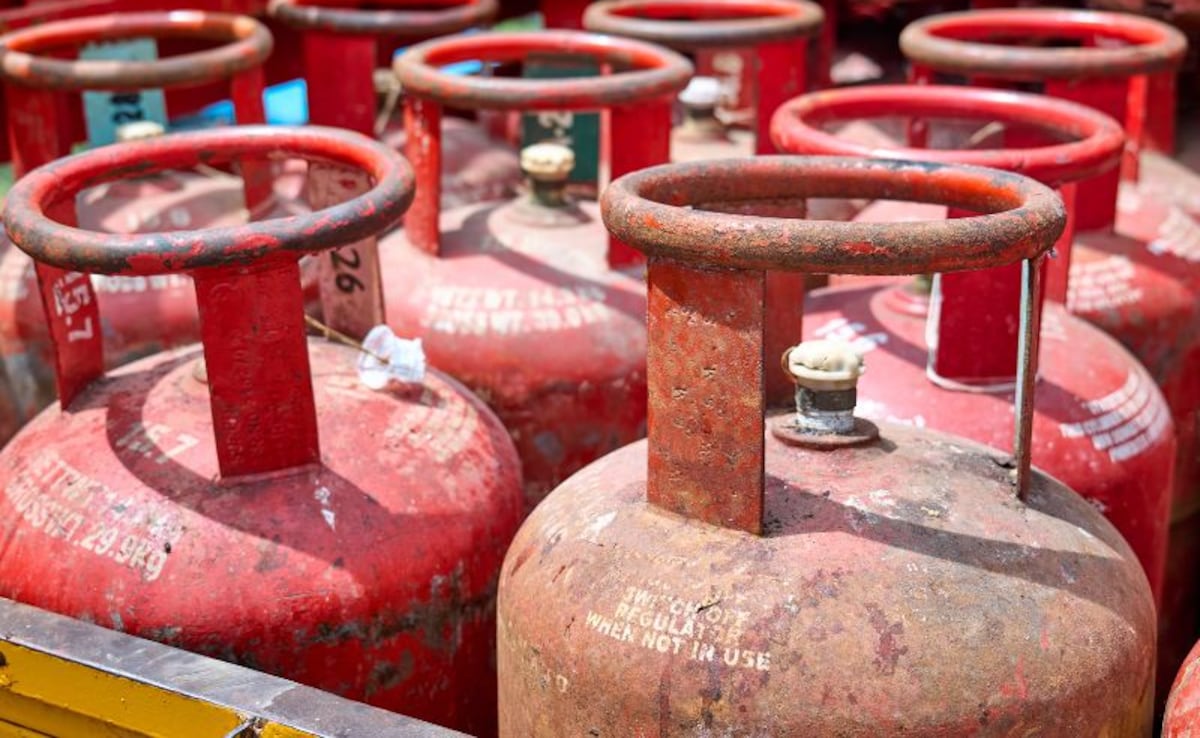Cooking Gas Price Hike Shakes Households Amidst Recent Changes in Fuel Duties
In a significant move, the Union Oil Minister Hardeep Singh Puri announced on Monday that the price of cooking gas, specifically the domestic LPG cylinder, has seen an increment of Rs 50 per cylinder. This hike affects all users, including those availing of subsidies and regular customers. The new pricing scheme places the cost of a 14.2 kg LPG cylinder at Rs 550 for Ujwala beneficiaries and Rs 853 for non-Ujwala users. This announcement comes to the forefront as many households grapple with rising living costs.
The increase marks a notable adjustment, as the prices for commercial LPG cylinders had just seen a reduction of Rs 41 last week. This move impacts a broad spectrum, particularly restaurants, hotels, and other commercial establishments reliant on LPG cylinders for their operations. Although the news of the price change is unsettling for many, it reflects the dynamic nature of fuel pricing in response to varying economic factors.
This price hike follows a recent elevation in the excise duties on petrol and diesel, though this particular increase is set to be absorbed by the oil marketing companies and will not directly affect consumers. The excise duty for petrol has been raised to Rs 13 per litre, while diesel has seen an increment to Rs 10 a litre. The official announcement stated that these changes would come into effect on April 8, 2025, painting a complex picture for consumers who are already facing financial strains.
The Price Adjustment: A Response to Market Trends
The decision to hike the LPG prices has garnered attention and concern from various stakeholders, given the current economic climate and the pressures on household budgets. The government’s move to increase LPG prices can be attributed to multiple factors, including global oil market fluctuations and internal fiscal strategies aimed at managing subsidies.
With the price of a 14.2 kg LPG cylinder now set to cost Rs 550 for Ujwala users and Rs 853 for the general population, this adjustment is expected to substantially affect the household expenses of millions across the country. The timeline for this price change has not only raised immediate concerns but has also prompted discussions regarding future pricing strategies and support for low-income families.
Globally, energy prices have seen unprecedented volatility, influenced by geopolitical tensions, supply chain disruptions, and fluctuating demand patterns as economies bounce back from the pandemic. As per the report by Business Standard, these factors have compelled governments worldwide to adjust their fuel pricing structures to stabilize their economies.
Consumer Reactions and Economic Implications
The consumer reaction to this hike in LPG prices has been mixed, with many expressing frustration over increasing costs in the face of stagnant wages and economic uncertainty. Social media has erupted with comments from citizens sharing their discontent about the rising burden on everyday living expenses. With cooking gas being a vital utility in most households, many families now find themselves reassessing their monthly budgets and looking for ways to cope with the financial implications of this increase.
Moreover, this price hike is anticipated to have downstream effects on the overall economy, as increased cooking gas costs may influence the prices of other goods and services, particularly those reliant on LPG for cooking and preparation. Restaurants, caterers, and other commercial entities may need to pass these costs onto their customers, further inflating prices in the dining and service sectors.
At this juncture, it is crucial to closely monitor how this price adjustment interacts with other economic indices. The rise in fuel prices may trigger additional analyses from economic analysts regarding inflation rates and consumer confidence. According to the Hindu Business Line, economists are predicting that if these trends continue, the end of 2023 could see a significant rise in inflation, placing further pressure on households.
Looking Ahead: What’s Next for Fuel Prices?
As the nation adjusts to these new LPG prices, all eyes will be on the government’s next steps in managing fuel prices and ensuring that relief reaches those who most need it. Policymakers are under pressure to develop strategies that mitigate the impact of these adjustments on low- and middle-income families while also maintaining government revenue from energy taxes.
In light of the ongoing fluctuations, consumers are also encouraged to stay informed about government policies regarding fuel pricing. Regular monitoring of fuel prices and subsidy updates can help families budget appropriately and prepare for any changes in the future.
While the government has taken steps to assure that the recent increase in petrol and diesel excise duties will not affect consumers directly, many are wary of future adjustments and are advocating for transparency and accountability from government authorities. The impact of these changes will likely play a significant role in shaping public sentiment and influencing voter behavior in the upcoming elections.
For more insights on the impact of fuel prices on daily life, check out our articles on The Economic Landscape of 2023 and Understanding Fuel Price Fluctuations.
As this situation unfolds, citizens are encouraged to engage with local representatives and voice their concerns regarding rising costs affecting their quality of life. The dialogue among consumers, businesses, and the government will be essential in crafting a sustainable approach to fuel pricing and economic stability moving forward.
DISCLAIMER
We have taken every measure to ensure that the information in this article and on our social media platforms is accurate, verified, and obtained from reliable sources. For feedback or complaints, please contact us at info@hamslive.com.


